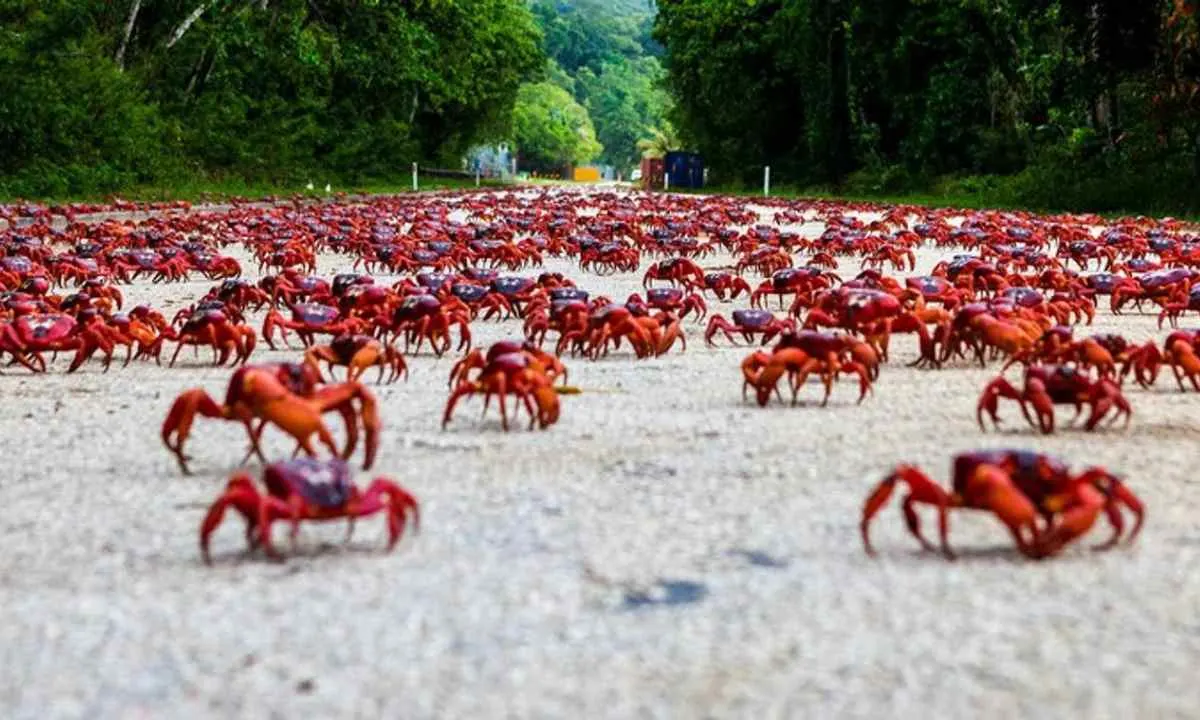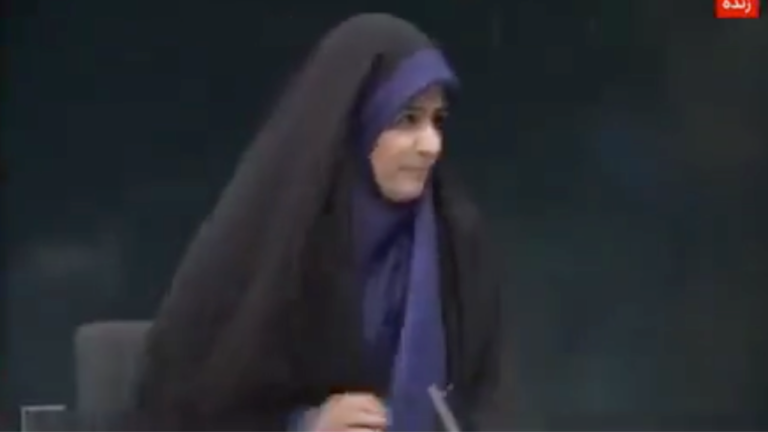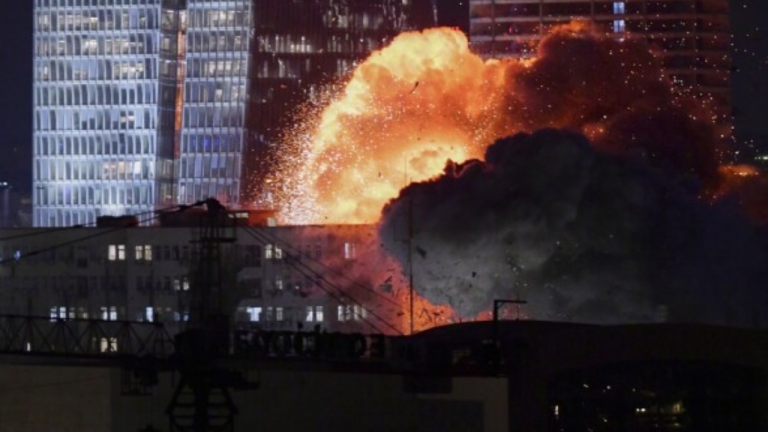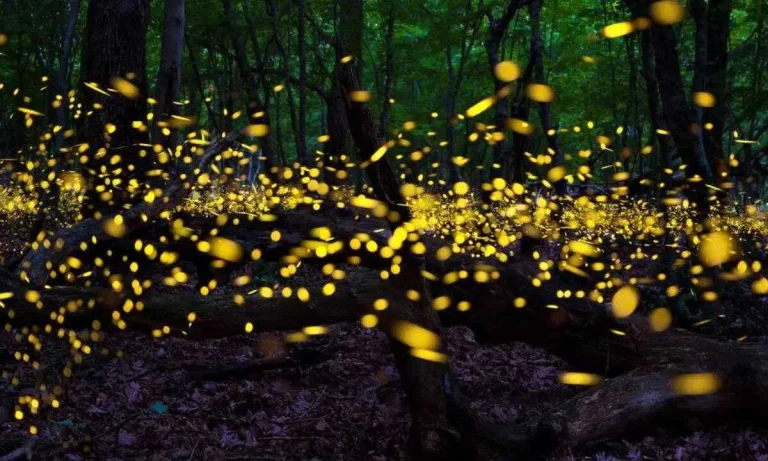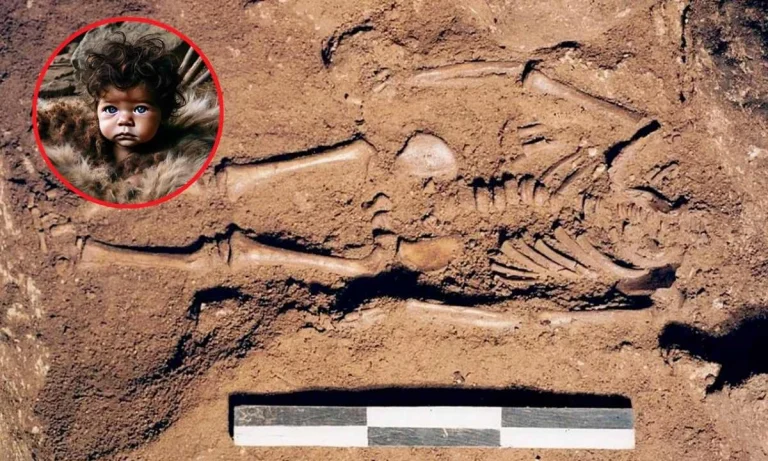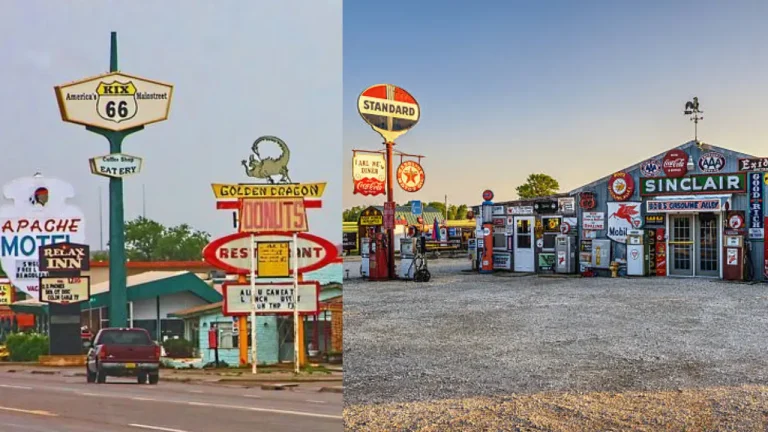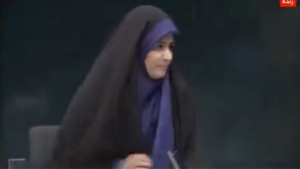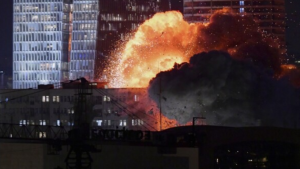Each year, as the wet season arrives, Christmas Island in Australia witnesses millions of red crabs emerging from the forest. Forests of Christmas Island are located 1, 500km from mainland Australia. From the forests, tens of millions of these crabs embark on a journey to the coast, usually in October or November. Fascinated environmentalists and nature enthusiasts from around the globe track the red crab migration each year.
The staff at the Christmas Island National Park play a key role. They carefully prepare for the migration months in advance. They help guide the crabs safely to their coastal breeding grounds, protecting them from traffic hazards. Let’s dive into know more about this amazing natural event.
The Red Crab Migration | Annual Journey To The Shore!
The red crabs of Christmas Island undertake a challenging walk. They travel from the central highlands of the island, through dense forest, and down to the shore. The reason behind this migration is to mate and spawn. The sheer number of crabs moving at once is a truly admirable sight.
However, their journey is rife with challenges. From natural predators to the scorching sun, each step they take carries a risk. Moreover, the crabs must go through the island’s infrastructure. This requires the help of people or the community to a certain extent.
Each year, Christmas Island National Park builds temporary barriers dedicated to crab crossings. They channel the crabs away from roads, providing underpasses and overpasses to guarantee a safe migration. Derek Ball, the park manager says that the red crab is one of the island’s most vital species. Therefore, the whole community supports facilitating the “fascinating phenomenon.”

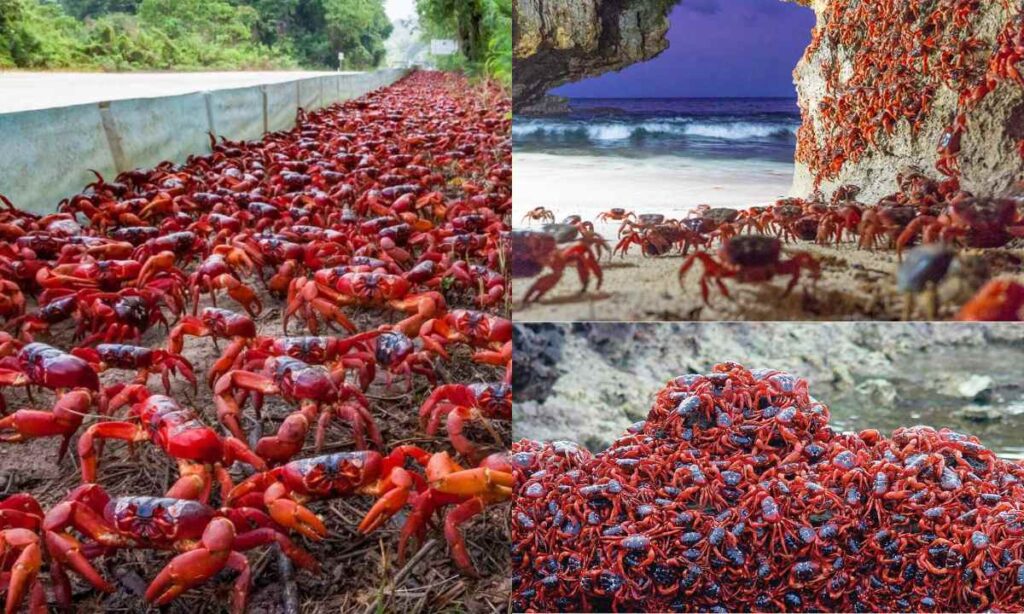
Habitat and Lifestyle of the Red Crabs
The red crab is an essential part of Christmas Island’s ecosystem. These crustaceans mainly live in the lush rainforest that blankets the island. The red crabs seek out the shoreline solely for the purpose of breeding. Understanding their habitat is crucial to appreciating how they live, breed, and impact their environment.
Red crabs follow a complex life cycle, which includes living in burrows and crevices to protect themselves from the tropical heat. They play a key ecological role, influencing the forest’s biodiversity through their diet and burrowing activities. They have special adaptations to retain moisture and have seasonal timing for their breeding. This highlights the crab’s fine-tuned balance of their ecosystem.
Male crabs usually make their mark at the sea first. As soon as they arrive on the island, the crabs take a dip in the sea to keep the moisture. Once the male crabs have dig burrows, female crabs later join to mate. After mating, the male red crabs take another dip in the ocean. This is to replenish their moisture before going back to the forests.
Female crabs stay in the burrows after mating. The females produce eggs in three days after mating and they can produce up to 100,000 eggs. They also remain in the burrows for another two weeks until the eggs develop.
Biggest Threat to Red Crabs
The biggest threat for the red crab is the ‘invasive yellow crazy ant.’ These Crazy ants were first seen on the island in the 1920s. However, their first supercolonies were detected in the 1980s. This is when the authorities realized that they may be a threat to other species.
The ants spray a very potent formic acid and they have killed tens of millions of red crabs over the years with that. Scientists have later taken measures to lessen the population of crazy ants and to reduce their invasiveness. With the drop in the Crazy ant’s population, red crabs have thrived and their population has increased up to 100 million over the last years.
Conclusion
The red crab migration is a breathtaking natural event of global ecological importance. But it’s not without its challenges. Human intervention has both safeguarded and endangered this annual mass movement, making our role in their future critical.
We stand at a juncture where awareness and action can lead to the preservation of this spectacle. So let’s commit to understanding more about these ecological wonders, supporting conservation efforts, and ensuring that the red crabs of Christmas Island continue their annual voyage for generations to come.
Also read,


